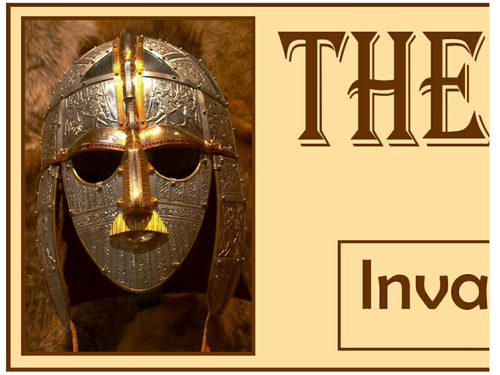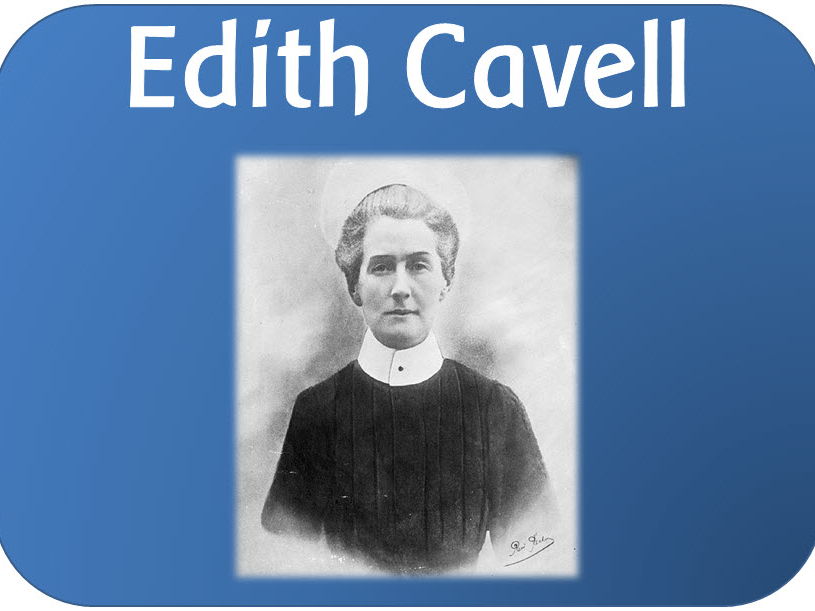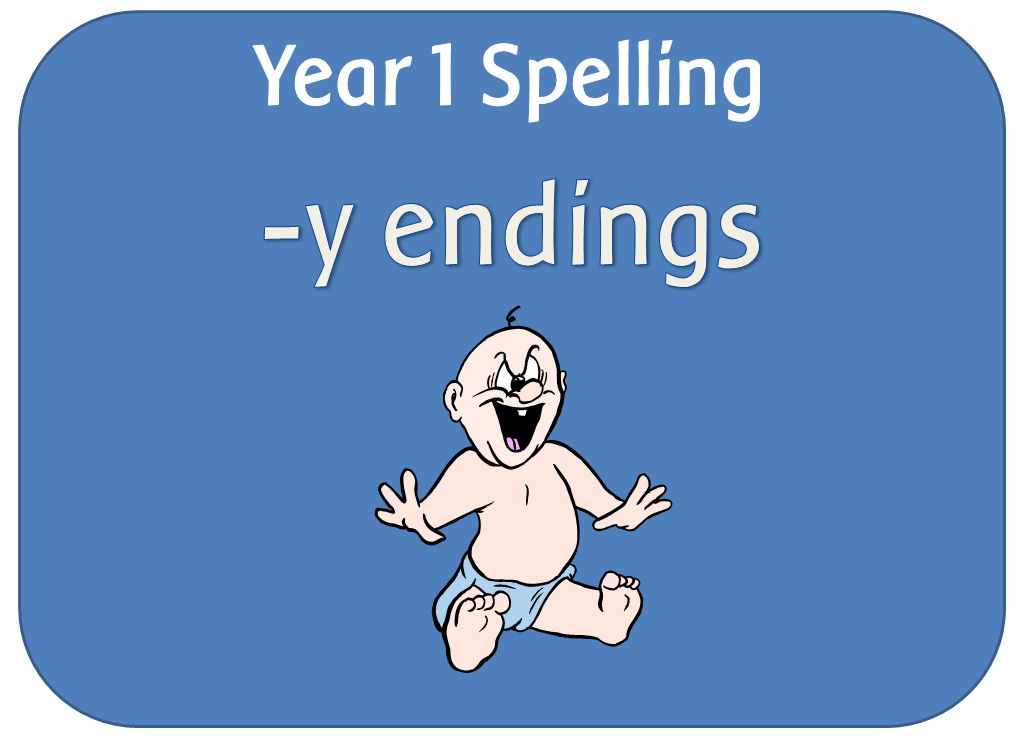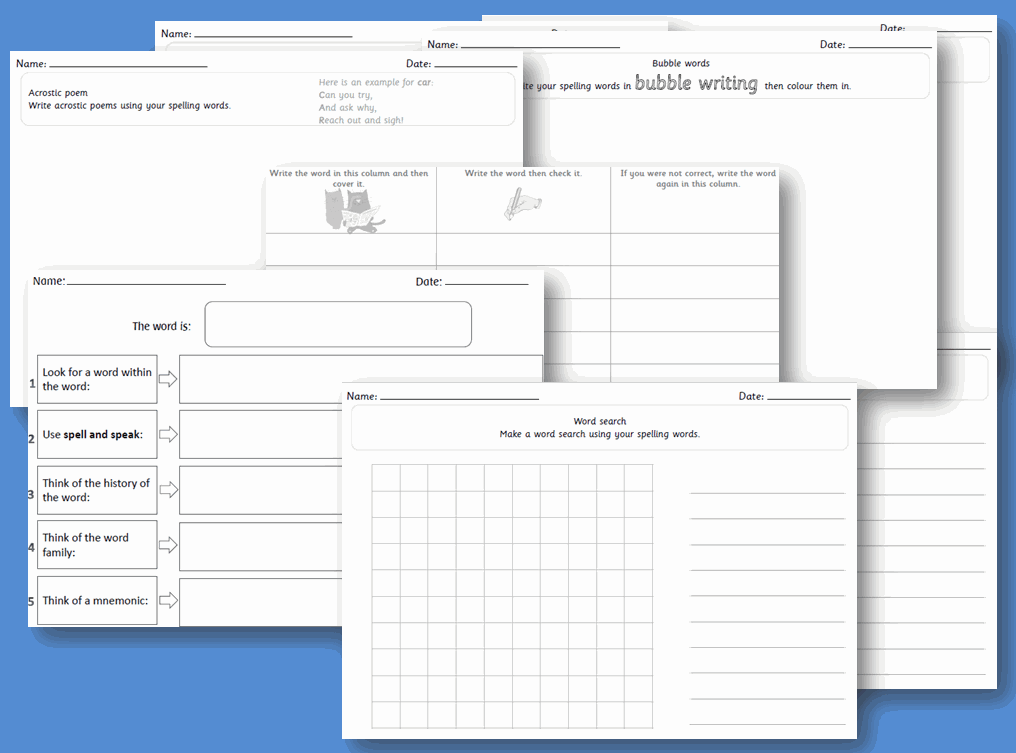
404Uploads
1066k+Views
681k+Downloads
All resources

The Vikings display pack
A set of posters, lettering, title and wordmat for a Vikings display.
Viking lettering - Spells 'The Vikings', plus all upper and lower cases and numbers are included so that you can print out what you need.
The Vikings title - A4 title
Viking gods posters - Includes Odin, Freya, Frey, Thor, Tyr, Loki, Idun ,plus Valhalla - with short descriptions and pictures.
Vikings posters - 7 A4 posters on: Inside a Viking longhouse; Viking runes; Viking raids; Viking Runestones; Viking homeland; Viking ships; the Battle of Stamford Bridge - all with pictures and descriptions.
Vikings word mat - Contains Viking vocabulary with accompanying pictures; Viking gods; map of the Viking invasions, Danelaw, Yorvic, Lindisfarne and Iona; and a list of famous Vikings.

KS1 KS2 history topic: Titanic display pack
Printable Titanic display resources, including heading, word / help mat, lettering, Titanic images, and vocabulary.
TITANIC LETTERING - This lettering is to cut out for display. 'THE TITANIC' is written out, plus there are all upper and lower case letters and numbers included so that you can print out whatever you need to personalise your display.
TITANIC HEADING - Prints onto an A4 sheet.
WORDMAT - An A4 help mat for the children to refer to during the topic with pictures and vocabulary
NEWSPAPERS, POSTERS AND MEMO - To print out for display
TITANIC IMAGES - Old photographs of the Titanic for display
TITANIC VOCABULARY - 3 words per A4 sheet, includes: Officer, Captain, steward, passengers, crew, voyage, deck, stern, bow, starboard, port, hull, oars, anchor, porthole, crow's nest, shipwreck, lifejacket, wreckage, lifeboat, iceberg, radio, newspaper, debris field, plus some of the crew involved in the maiden voyage. Each word is accompanied by a picture and definition / description.

KS2 history topic: The Roman Empire & its impact on Britain display pack
A set of resources in pdf format to print and display. The pack consists of:
4 Different A4 titles: The Roman Empire and its impact on Britain / The Romans / The Roman invasion of Britain / The Roman Empire
A-Z lettering: with blue 'Roman temple' background
Banner x 2: With lettering 'The Roman Empire and its impact on Britain' and 'The Roman Empire'
Border: Strips of border decorated with a Roman soldier for display borders,plus corners with 'SPQR'.
Famous Romans posters (x 4): A heading plus one A4 sheet for each of the following; Julius Caesar, Emperor Claudius, Emperor Hadrian and Romulus (& Remus), with information about each person.
Maps of Roman Britain posters (x 4): A heading, plus an old 4th century map of what Britain was thought to be like; A map of Iron Age tribes in Britain, a map of mining in Roman Britain and a map of Roman Britain in around AD 150
Roman artefacts posters (x 10; 2 on each A4 page): Heading, plus images of a Roman jug, an oil lamp, samian ware, aurus of Nero, a fresco, glassware, a mosaic, a military diploma, writing implements and copper and lead ingots.
Roman Emperor posters (x 5): A4 heading, plus images of the first five Roman Emperors; Augustus, Tiberius, Caligula, Nero.Clausius
Roman god posters (x 8): A4 heading plus the gods / goddesses Saturn, Jupiter, Juno, Janus, Neptune, Minerva, Mars and Vulcan.
Photo pack of Roman sites in Britain: A heading plus an A4 page for each of the following; Bath, Hadrian's Wall, Richborough Fort, Great Witcombe Roman villa, Vindolanda, Venta Silurem, Anderitum, London Wall and Viroconium. Each photograph contains a map of the UK showing the location of each site.
The Roman Army posters (x 8): Heading plus images of a legionary with his equipment and armour labelled, an aquilifer, archer, ballista, catapult, centurio, cavalry, cassis, cuirass, tunic, boot, scutum, pilum, standard and gladius.
Timeline of the Roman Empire: An A4 sheet, showing the rise and fall of the Roman Empire from 750 BC to AD 500
Vocabulary display of the Roman Empire: Contains 2 words per A4 page, with an image and definition of the following words; Senate, legionary, republic, emperor, empire, civilization, citizen, Mediterranean, barbarian, archaeologist, military, plebeian, tribe, artefact, century, hostage, BC and AD

KS2 history Ancient Greece / Greeks display
A set of display resources looking at Greek life.
It includes:
ANCIENT GREECE POSTERS - 17 A4 pages to print out, with pictures and text:
Greece
Athens
The Acropolis
The Parthenon
The Elgin Marbles
The Athena Statue
The Agora
Olympia
Sparta
Theatre
Homes
Alexander the Great
Hoplites
Trireme
Clothes
Sandals
Greek alphabet
GREEK GODS - The twelve Olympian gods; each on an A4 page: Zeus, Hera, Poseidon, Demeter, Athena, Dionysus, Apollo, Artemis, Ares, Aphrodite, Hephaestus, and Hermes.
ANCIENT GREECE LETTERING - This lettering is to cut out for display. 'Ancient Greece' is written out, plus there are all upper and lower case letters and numbers included so that you can print out what you need to personalise your display.
ANCIENT GREECE A4 HEADER - to print.
ANCIENT GREECE BANNER - prints out on 2A4 pieces of paper.
WORDMATS - 2 x A4 help mats for the children to refer to during the topic - 1 with pictures and vocabulary, the other just text.
WRITING SHEETS - To print out for the children to use when writing. (3 sheets with different amount of lines)

Ancient Egypt display resources
A set of posters, headings, lettering, borders etc for an Ancient Egypt display.

The history of flying & the first aeroplane flight PowerPoint lessons and worksheets
A set of PowerPoint presentations plus a medium term plan looking at the history of flight. The PowerPoints are:
The history of flight: Describes the development of flight from the first kites made by the Chinese around 200 BC to the modern types of aircraft today. Includes kites, wings, ornithopter, hot air balloon, hydrogen balloon, airships, helicopters, autogyro, biplanes and monoplanes, flying boat, the jet engine, space shuttles and Concorde. Also looks briefly at the work of: the Montgolfier brothers, George Cayley, Otto Lilienthall, Samuel Pierpont Langley, the Wright brothers and Frank Whittle.
The first balloon flight ~ The Montgolfier brothers: A story of their lives, and how they designed the Montgolfier balloon.
The first aeroplane flight ~ The Wright brothers: A story of their lives and how they designed the first heavier than air powered aircraft.
How to make a paper plane (x2): Step by step instructions on how to make a paper plane, with illustrations.
Printable resources
Maps of the world / Europe/ UK/ North and South America/ South Asia/ Australia/ China/ Russian Federation / Mexico/ Africa
Worksheets(15):
Topic cover
9x sheets with images of different types of inventions for flying
The Montgolfier brothers writing sheets
The Wright brothers writing sheets
Design a hot air balloon x 3
Airship picture
Pictures of the Wright brothers and their planes
3 x A4 titles The history of flight / The Wright brothers / The Montgolfier brothers
A-Z lettering
Large ‘Flight’ letters
Planning document

Queen Elizabeth I and Queen Victoria & Tudor and Victorian times diplay & activities
A pack of activities and display, looking at Queen Victoria and Queen Elizabeth I and the times they lived in.

Florence Nightingale & the Crimean War pack : powerpoints, worksheets, activities and planning
POWERPOINT FILES:
Florence Nightingale mind map: To explore what the children already know about Florence Nightingale
Florence Nightingale introduction: Introduces the concept of famous people, asking how they become famous. It shows some images of Victorian dress, asking the children to find similarities and differences between now and then. A timeline demonstrates how long ago the Victorians lived, and why they were called Victorians.
What was it like when Florence Nightingale was alive: A short story about Queen Victoria, and an exploration of life in Victorian times, with images.
The life story of Florence Nightingale: A 13 page story of Florence's life from her birth in Italy in 1820 to her death in 1910.
The life story of Florence Nightingale in pictures: The pictures that tell a story of her life, for discussion
The Crimean War: A short look at the Crimean War; how it began, why British soldiers were there, and what conditions were like.
Florence Nightingale and the Crimean War: A 25 page long Powerpoint, explaining Florence's journey to Scutari; what the hospital was like when she got there, and what she did to improve conditions for the men.
PRINTABLE FILES:
Worksheets
Florence - questions: To use as an introduction. Shows a picture of Florence nursing, and asks questions for the children to answer.
Victorian health adverts: 7 Victorian adverts for remedies and medicines. Children can look through them and learn about what types of healthcare was available in Victorian times.
Story writing sheets: 3 different formats for the children to both sequence the pictures of Florence, and to tell her life story.
Pictures of the Crimean War: Photographs and paintings from the time.
Hospital before and after: Pictures of the hospital before and after Florence made her changes, with space to write.
Journey to Scutari - blank map: A map of Europe for the children to sketch out the route Florence and her nurses took to Scutari.
Acrostic poems: 2 versions, one saying Florence, the other Scutari, for children to write their own poems.
Poetry: Contemporary poems about the Crimean War and Florence Nightingale
Florence Nightingale wordsearch: with key vocabulary
Writing sheets x 8: 8 different layouts, with a Florence Nightingale border
Display / booklets:
Florence Nightingale project cover: To put at the front of project work
Plus: an adaptable plan in word, showing the learning objectives for the Powerpoints and worksheets, web links, and other cross curricular activities.

Famous Explorers Christopher Columbus & Neil Armstrong pack: powerpoints, worksheets, and display
A set of worksheets / activities / display / planning resources for looking at the lives of 2 significant individuals in the past and comparing aspects of life in the periods they lived.
POWERPOINTS:
Who were Columbus and Armstrong: An introduction to the topic. It shows three pictures of each explorer, asking the children to look at the pictures and find out information.
Christopher Columbus: A 24 page lesson, looking at his life story, and his first journey across the Atlantic.
Neil Armstrong: A 19 page powerpoint, looking at the story of his life and his journey to the moon
Comparison of life in the different time periods: Shows the different explorers and where they lived on a simple timeline. It compares different aspects of life in both their lives including aspects such as transport, knowledge of the world, houses, food and uniforms.
DISPLAY (pdf):
A-Z lettering x 2, one with a sea background and Christopher Columbus banner, and one with a space background and Neil Armstrong banner
Portraits of the two men in picture frames
A4 title - Christopher Columbus (x 2 versions)
A4 title - Neil Armstrong (x 2 versions)
World maps x 2 from the different time periods
ACTIVITIES (pdf)
Cards - 12 different cards with objects that both explorers would have used. Can be used in card games, or for cutting and sticking sorting activities.
Topic covers x 6 different layouts for Christopher Columbus
Topic covers x 6 different layouts for Neil Armstrong
Writing sheets (x 4 lined and unlined) with Christopher Columbus border
Writing sheets (x 4 lined and unlined) with Astronaut border

KS1 History: Edith Cavell Powerpoints, worksheets, activities and display pack
A set of resources to teach KS1 about Edith Cavell and how she helped soldiers in the Great War. The pack includes planning, display, interactive whiteboard lessons and class activities.
1 WHAT WAS IT LIKE WHEN EDITH WAS ALIVE
The Powerpoint sets the scene, showing what life was like when Edith was born. It looks at her birth in a chronological framework, and talks about differences between then and now.
Activities:
Now and Then pictures: to look at and discuss, or to use for display
Questions about Edith Cavell: A picture of Edith in her nurses uniform, with questions for the children to think about.
2 THE LIFE STORY OF EDITH CAVELL
The 20 page Powerpoint looks at her life in detail until the time she returns to Belgium when the war begins.
Activities:
The Cavell family Census records
Hotseating questions: Sheet for the children to fill out what kinds of questions they would have liked to have asked Edith
Pictures to tell her story: Six pictures from different times in her life; can be used for sequencing or to illustrate her life story.
The Life story of Edith Cavell Ebook: A contemporary book written about Edith. (Not suitable to give to the children to read, but useful to look at passages)
3 WHAT DID EDITH DO IN THE FIRST WORLD WAR
The 26 page Powerpoint tells the story of the last year of Edith's life. It looks at Belgium at the beginning of the war, and what Edith did for the soldiers. It looks at how and why she is remembered today.
Activities:
1914 map of Europe - accompanied by a Powerpoint showing how Edith travelled to Europe. The map can be used for identifying the countries, or for showing her route to Brussels from Norwich.
Other activities / display resources
Edith acrostic poem sheet
Picture timeline: 10 pictures of Edith from when she was a child to just before she died.
Project cover
Story planner
Word search
Writing sheets (x3)
The story of Edith worksheet
PLANNING
An adaptable plan in Word, following the Primary Curriculum 2014.

SPaG Year 1 Spelling pack: Revision of work covered in Reception powerpoints and activities
A set of resources to recap work covered in Reception:
POWERPOINTS: Each PowerPoint lesson contains decodable high frequency words the children will be familiar with. The children are asked to read and then write the words.
• SET 1 Two letter words
• SET 2 CVC words 1
• SET 3 CVC words 2
• SET 4 CVC words 3
• SET 5 Consonant digraph words
• SET 6 Adjacent consonants
• SET 7 Adjacent consonants 2
• Words with adjacent consonants: An organised list of words containing adjacent consonants for extra reading practice.
GAMES / ACTIVITIES:
• Word cards (x7): There is a set of cards for each set of words.
• Sets 1-7 HFW lists: Can be used for spelling lists for the children.

SPaG Year 1 Spelling pack: Common Exception Words powerpoints, worksheets and activities
A set of resources to teach the Y1 CEW.
The more difficult spellings are covered in individual PowerPoints and give the children different strategies to learn the words.
The other spellings are organised into sets (eg is his has us was all have the /z/ sound at the end)
PDF
The worksheets contain different activities to encourage children to use the CEW in their writing.

SPaG Year 1 Spelling pack: Compound words powerpoints and activities
A set of resources to teach the guideline/rule in the Spelling Appendix:
Compound words are two words joined together. Each part of the longer word is spelt as it would be if it were on its own.
POWERPOINTS:
Introduction to writing compound words: Activity for the children to write and check compound words.
Making up compound words: Gives a list of words from which compound words can be made.
Words containing box: Examples of words with opportunities to write them.
Words containing every: Examples of words with opportunities to write them.
Words containing play: Examples of words with opportunities to write them.
Words containing up: Examples of words with opportunities to write them.
PDF:
Cards to match up to make compound words.
Compound word worksheet: List of individual words for children to select and make new compound words.
Compound word worksheet blank
Compound word matching game
Plus a compound word list

SPaG Year 1 Spelling pack: Adding the prefix un
A set of resources to teach the guideline/rule in the Spelling Appendix:
The prefix un– is added to the beginning of a word without any change to the spelling of the root word.
POWERPOINT:
The prefix un: Shows how un can be added to words without any changes in spelling, and explains how adding un can change the meaning of words. It ends with an activity with words to add the prefix un to.
PDF:
Jigsaw cards - un prefix/words: A set of jigsaw cards to join the prefix un to root words.
Word cards - words plus un: Sets of words with and without the prefix un.

SPaG Year 1 Spelling pack: Using k for the /k/ sound
Resources to teach the guideline/rule in the Spelling Appendix:
The /k/ sound is spelt as k rather than as c before e, i and y.
POWERPOINT:
Explains the spelling rule and gives examples of words for a class activity where the children can try to spell the words.
PDF:
Wordsearch with relevant words

SPaG Year 1 Spelling pack: New consonant spellings ph and wh
A set of resources to teach the guideline/rule in the Spelling Appendix:
The /f/ sound is not usually spelt as ph in short everyday words (e.g. fat, fill, fun).
POWERPOINTS:
Each lesson explains the spelling rule, and gives examples of words for a class activity where the children can try to spell the words.
PDF:
Wordsearches with relevant words
WORD:
Outline adaptable planning document

SPaG Year 1 Spelling pack: Words ending in y
A set of resources to teach the guideline/rule in the Spelling Appendix:
When a word ends in an /i:/(‘ee’) or /ɪ/ (‘i’) sound, it can be spelt –y.
POWERPOINT: Explains the spelling rule and gives examples of words for a class activity where the children can try to spell the words.

SPaG Spelling pack: Activities to practise spelling words
A set of pdf files that can be used for spelling activities.

SPaG Year 1 Spelling pack: Digraphs and trigraph cards & list
A set of cards; 4 per page (46 pages altogether) with words containing the Y1 digraphs and trigraphs. They can be used for display, flashcards or games.
The spelling lists contains groups of spellings in 34 sets.




















